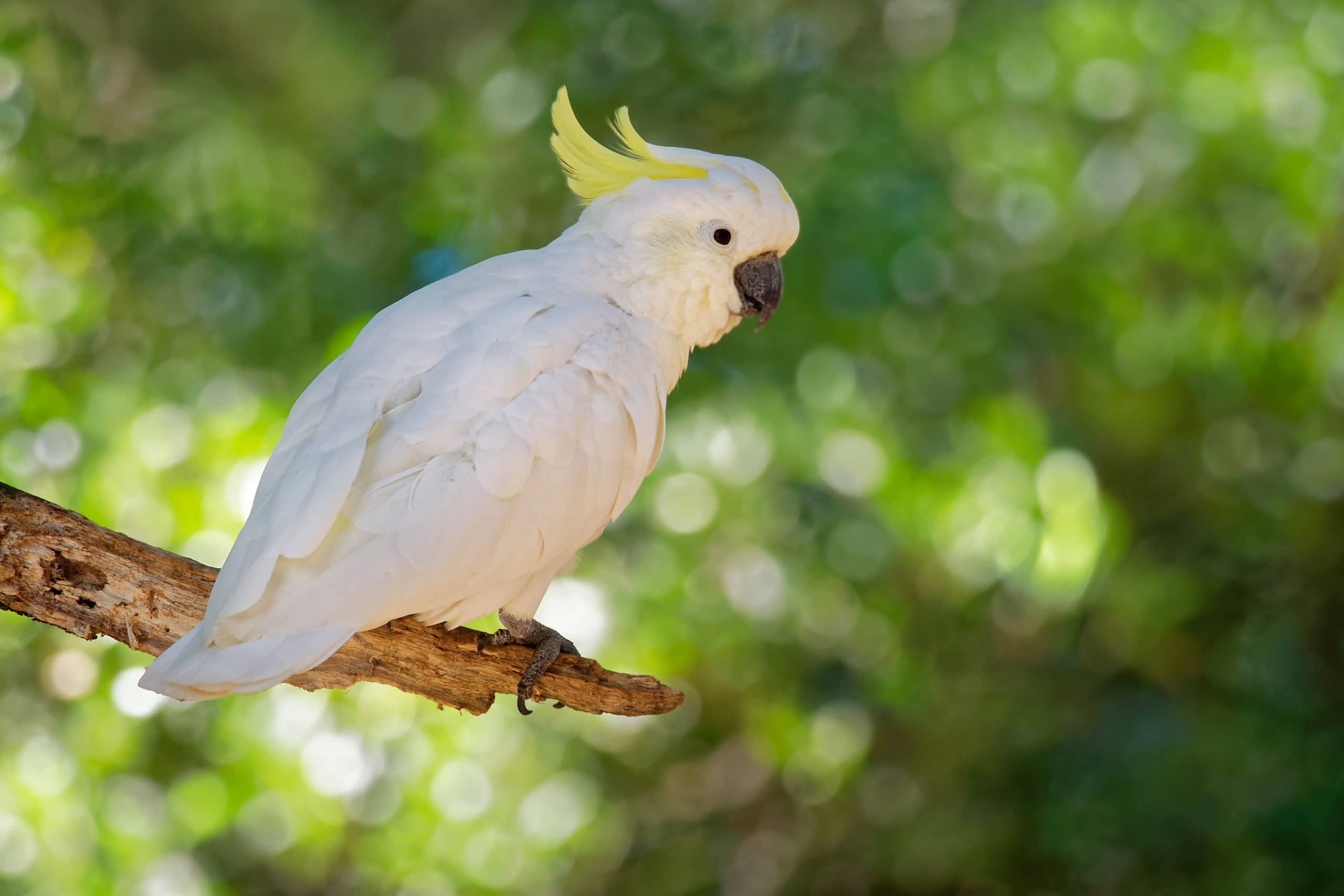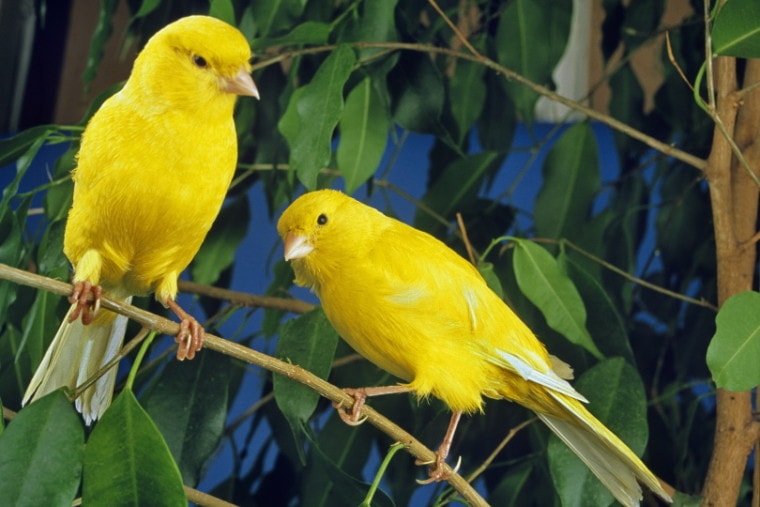
The Fife Fancy Canary is one of the many types of canary that descended from the original canaries kept as pets decades ago. This variant looks and acts very similar to the original wild bird, making it one of the more straightforward variants. You can find this variant pretty easily through much of the United States, though it isn’t necessarily one of the most popular.
This bird isn’t particularly different from other types of canaries. However, it does have a unique coloration and song that help it stand out.
Species Overview
| Common Name: | Fife Fancy Canary |
| Scientific Name: | Serinus canaria domestica |
| Adult Size: | Up to 4 1/4 inches |
| Life Expectanc: | 5–8 years |
Origin and History
The Atlantic Canary, a relative of the Fife Fancy, is native to the Canary Islands and several other islands off the coast of Africa. These birds were terrific singers, which led to them being taken as pet birds. However, exactly how the bird ended up as a domestic animal is unknown. There are many stories of how the first bird was taken to Europe, but there is no way to tell which one is true.
The original birds had a green color and many markings. However, the bird was selectively bred in captivity for various traits, including friendliness, color, and singing ability. Therefore, the bird was crossed with several different varieties, of which the Fife Canary is one.
The Fife Canary only came into being about 50 years ago. At the time, canaries were a bit bigger than the birds we know today. However, some breeders decided to selectively breed them to be smaller. In the end, the Fife Canary was developed around the Fife Island of Ireland.
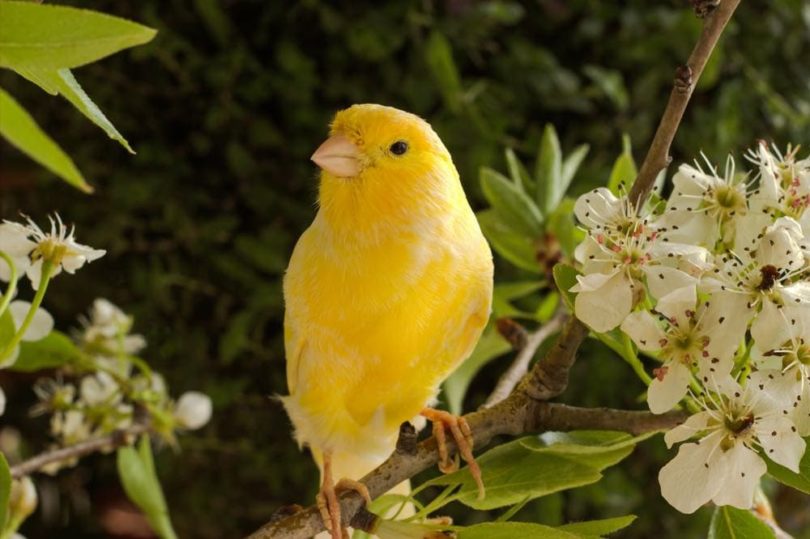
Temperament
These birds are very friendly and social creatures. They have been bred for their friendliness for generations, so they tend to be easy birds to keep. However, they can be timid and require early socialization. It’s vital to purchase a bird from a quality breeder, or you may end up with a canary that cannot be handled with ease.
Furthermore, they shouldn’t be housed with most other birds. Their timid nature and small size make them easy targets for bullying. Males are territorial and should be housed without other males. However, females can often be kept together or with a single male.
Males will sing best when kept in a cage by themselves, however. With that said, a large aviary can sometimes house multiple canaries and some other gentle birds.
Speech & Vocalizations
These birds are well-known for their singing quality. Often, they are kept solely for their singing quality, especially the males. Several breeders specifically breed birds for their ability to sing. However, these birds do not speak like parrots. They don’t mimic their humans and instead sing their biological songs.
Fife Canary Colors and Markings
Fife canaries come in many colors and markings. Different breeders tend to specialize in specific features, however.
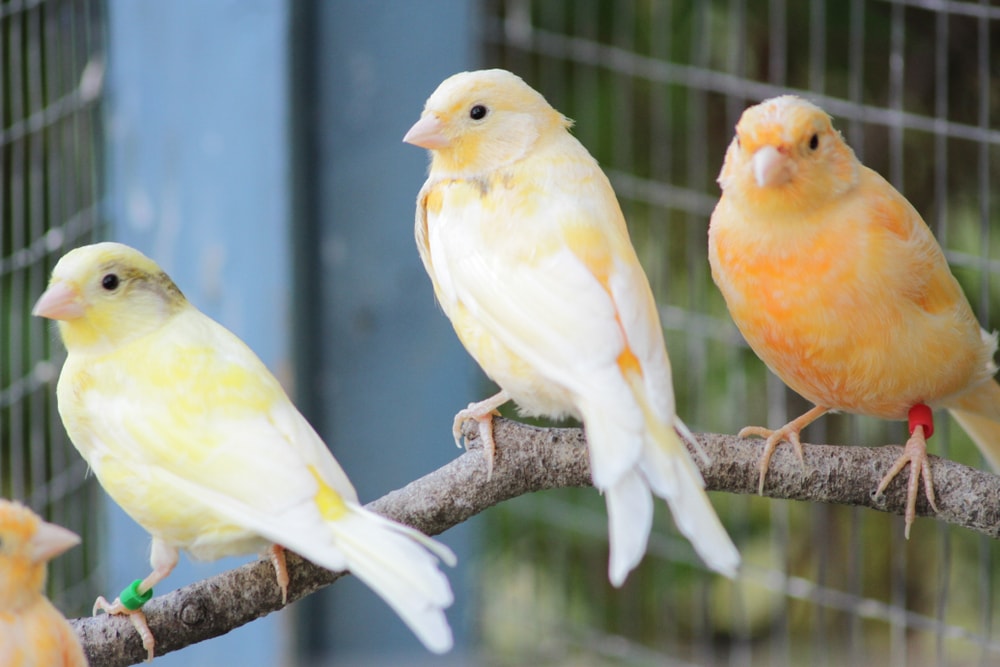
There are likely other colors, as well. Breeders come up with unique colorations and markings all the time. There are no “officially recognized colors,” so any color or markings are possible. What counts as a Fife canary is more so based on size than coloration.
Caring for a Fife Fancy Canary
Canaries require a roomy cage. Usually, cages sold at big-chain pet stores for canaries are not large enough. You want enough room for your canary to explore and move around. You’ll need an even bigger space if you get more than one canary.
Pick a cage with vertical bars and add plenty of small perches. Choose perches of different sizes to keep your bird’s feet exercised and strong. At least one of these perches should be set high in the cage as a “sleeping” perch, though your bird will probably use it for other things, too. Canaries feel best when higher than everyone else, so you may also want to place their cage high.
Provide a bird bath, as canaries often like to bathe. Of course, keep the cage clean to prevent diseases and other problems.
Keep your bird away from drafts, as these can harm your avian friend. Of course, a single draft isn’t going to kill your bird unless there is something already wrong with it. However, it is better to be safe rather than sorry.
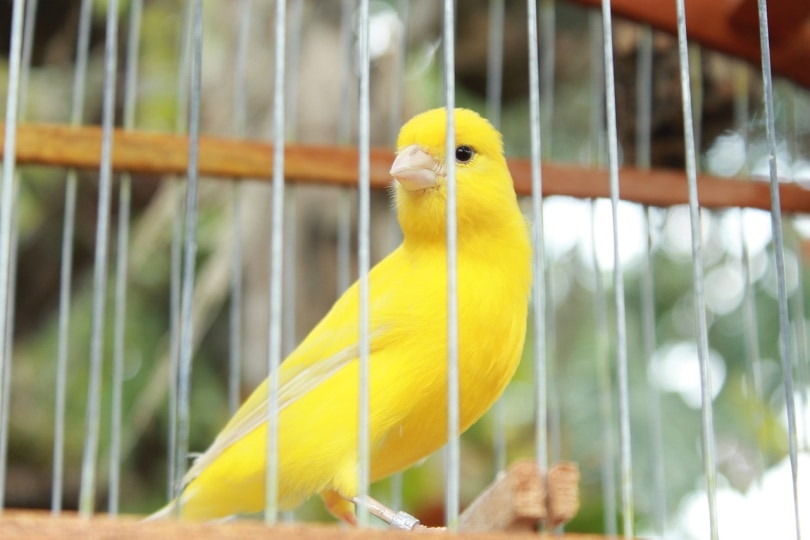
Common Health Problems
These birds are extremely healthy and hardy. They are often recommended for beginners for this reason. They aren’t prone to many health issues as long as they’re well taken care of. The most common problems arise from poor environments or diets. While these birds aren’t hard to take care of, but you have to take care of them properly, or issues can develop.
Broken wings and legs can occur in some cases, sometimes due to no fault of the owner. These birds are small, which makes them more prone to these types of injuries. False molt can occur due to an improper diet or poor handling, and small cages can lead to a host of issues, including confinement cramps.
If you notice any problems in your bird, you must adjust the situation to fix the problem. Otherwise, the bird may go downhill fast. If you don’t know what’s wrong with your bird, visit an exotic vet.
Diet and Nutrition
Fife Fancy Canaries are not hard to feed. They mostly eat canary seeds and rape seeds. You can find these seeds at many pet stores. Look for seeds that are enriched with the proper vitamins to help ensure a complete diet. You can also add greens and a calcium supplement like a cuttlebone. Some of the most popular greens include kale and broccoli.
However, birds should mainly consume their regular diet—not just greens.
There are pelleted diets for canaries, too. However, it is less important to feed canaries pellets than other birds. Luckily, these birds aren’t usually picky. They will consume most foods that you offer.
Exercise
Canaries need a sizable cage to exercise in. However, activities and enrichment are also needed. Luckily, there are many canary toys available on the market. You don’t have to give your bird canary toys, but they often cannot hurt.
Many canaries love swings, as this allows them to sing and swing around. For this reason, many people believe that canaries only need swings. However, many birds could do with a few more toys for enrichment purposes. Only a swing can get a bit boring. You can tame canaries and let them out of their cage. However, you shouldn’t let a canary out of its cage before first taming it.
Where to Adopt or Buy a Fife Fancy Canary
These birds are inexpensive and often readily available. Many mainstream pet stores have them for sale, though their color selection may not be very impressive. However, you can also find these birds at shows and from breeders. Generally, adopting from a breeder is recommended since their birds are typically more socialized.
Conclusion
Fife Fancy Canaries are small birds that come in various colors. They are very hardy birds that aren’t prone to many health issues. Therefore, they are often recommended for beginners. However, ensure that you provide them with the appropriate cage and diet. Without proper nutrition and a roomy cage, health issues can arise.
Featured Image Credit: slowmotiongli, Shutterstock



